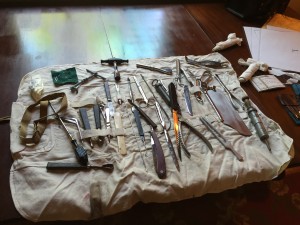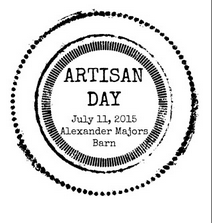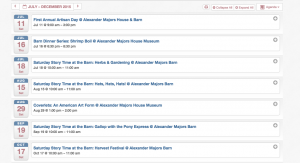By Kathrine Miller
This will be my final posting. All I can say is my many thanks to the Mahaffie organization for the endless dedication and effort towards my first internship. It has been definitely a rememeberable one. I have learned more than I have ever thought I could in a single Summer with Katie right by my side providing the path towards success. I can say that my ultimate goals of losing the fear of speaking of front of people and learning amongst the historians who are out in the community were reached!. Thus, I can take what I have gained and return back to the classroom (for now) but in the long run use this experience within in my own career. I also have to thank Dr. Cantwell, for allowing me the opportunity in the first place, without your guidance and reassurance it would have been a whole different ballgame! Now I can call the staff @ Mahaffie are friends and I will return as a visitor to interpret the experience a whole different way. So, I leave you all now- saying that this was hard at times, I lost my weekends, my sleep, I had to work in traditional clothing on hot days and do some jobs that were not pretty. However, in the end, IT WAS ALL WORTH IT!! Thanks, I will be seeing you soon! Kat Miller

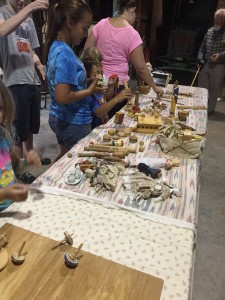
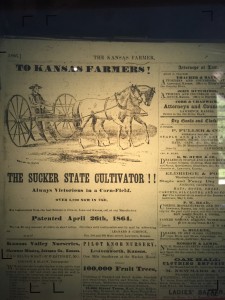 athrine Miller
athrine Miller of the chicken, sensitivity issues, the role interpretive themes, the connection to guests, role the of the site and its main mission. The guide offers an overall prospective on the reasoning of how and why butchering interpretation is included within the broad storyline of what Mahaffie and the City of Olathe is trying to convey to their guests. I have now come to the end of my project and finishing the final touches and hope that my contribution will find a good place on their research / library shelves amongst the other significant pieces that have been added as their collection. I did not want to walk away from my internship and not see some sort of piece that can recalled back to me.
of the chicken, sensitivity issues, the role interpretive themes, the connection to guests, role the of the site and its main mission. The guide offers an overall prospective on the reasoning of how and why butchering interpretation is included within the broad storyline of what Mahaffie and the City of Olathe is trying to convey to their guests. I have now come to the end of my project and finishing the final touches and hope that my contribution will find a good place on their research / library shelves amongst the other significant pieces that have been added as their collection. I did not want to walk away from my internship and not see some sort of piece that can recalled back to me.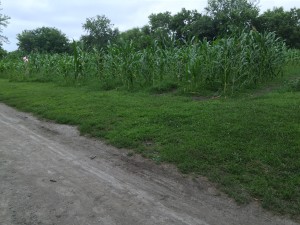

 I had the opportunity to help out with the
I had the opportunity to help out with the 